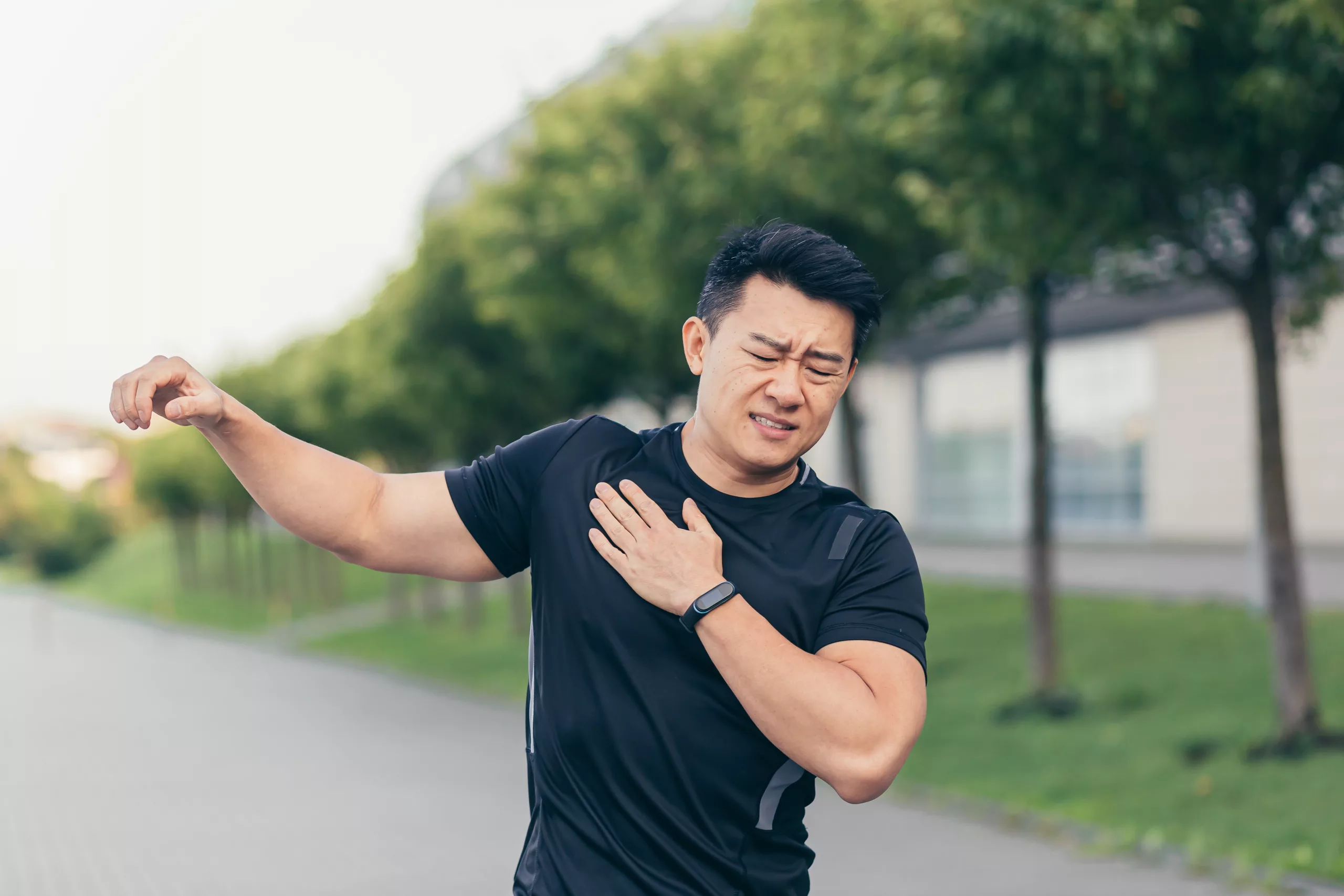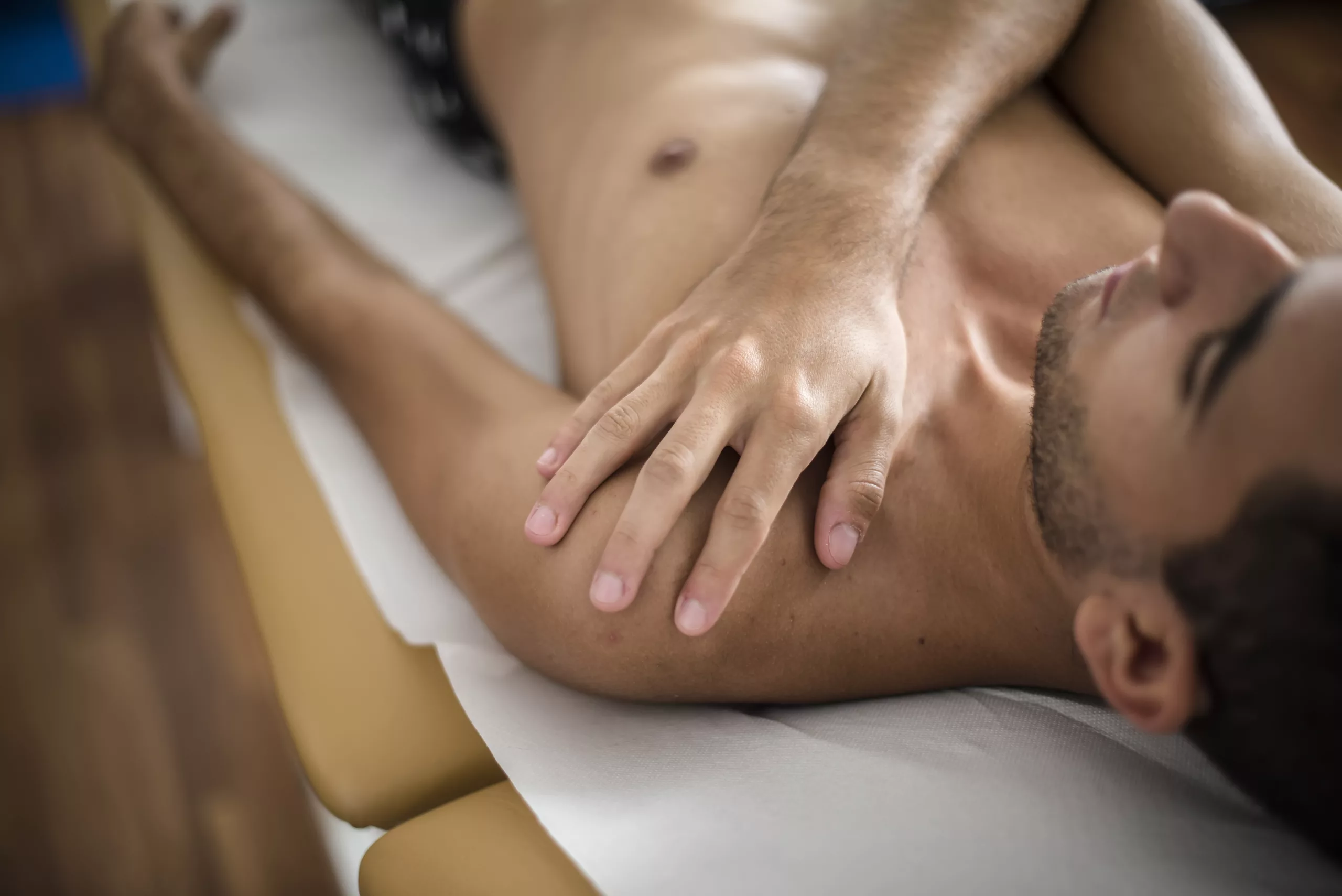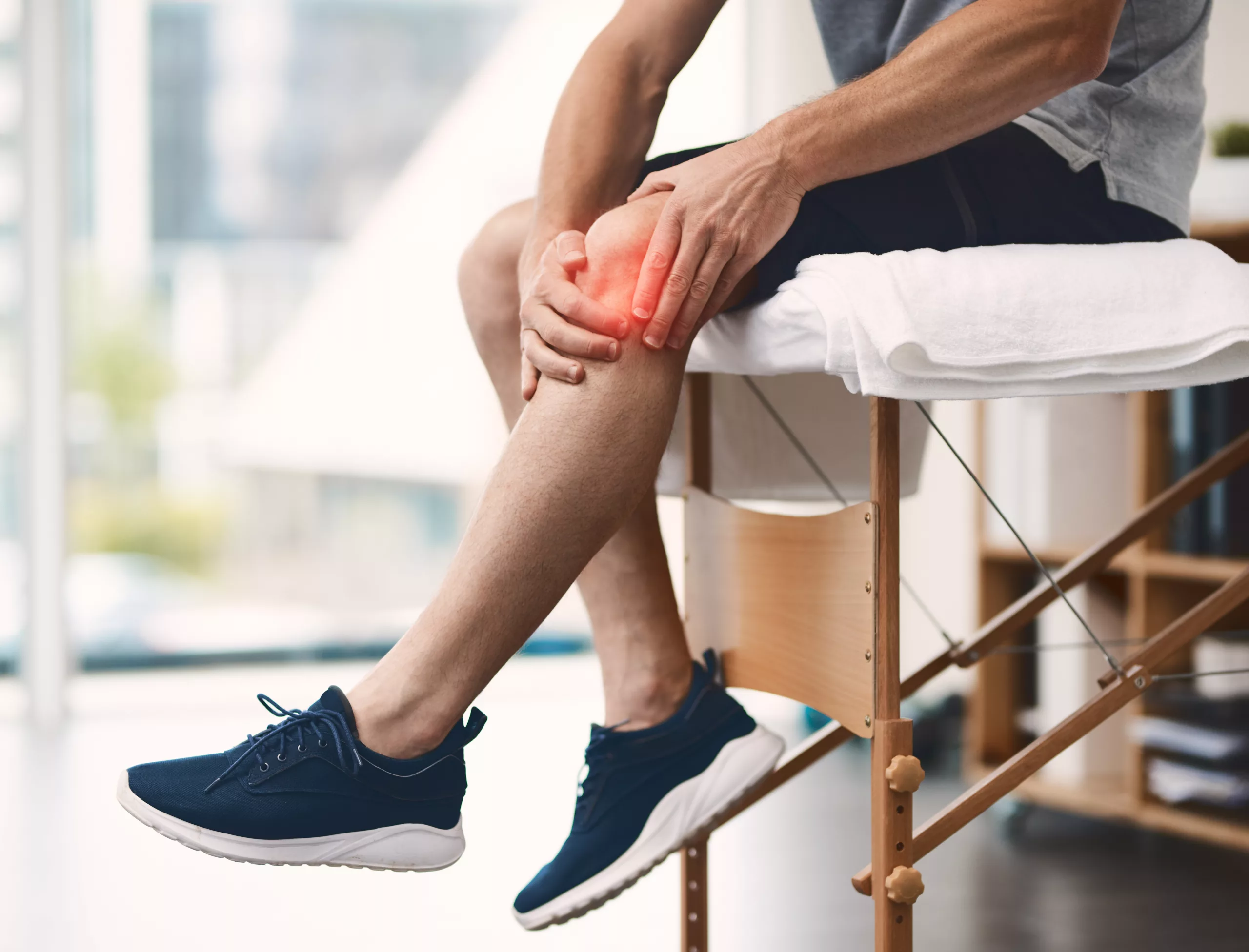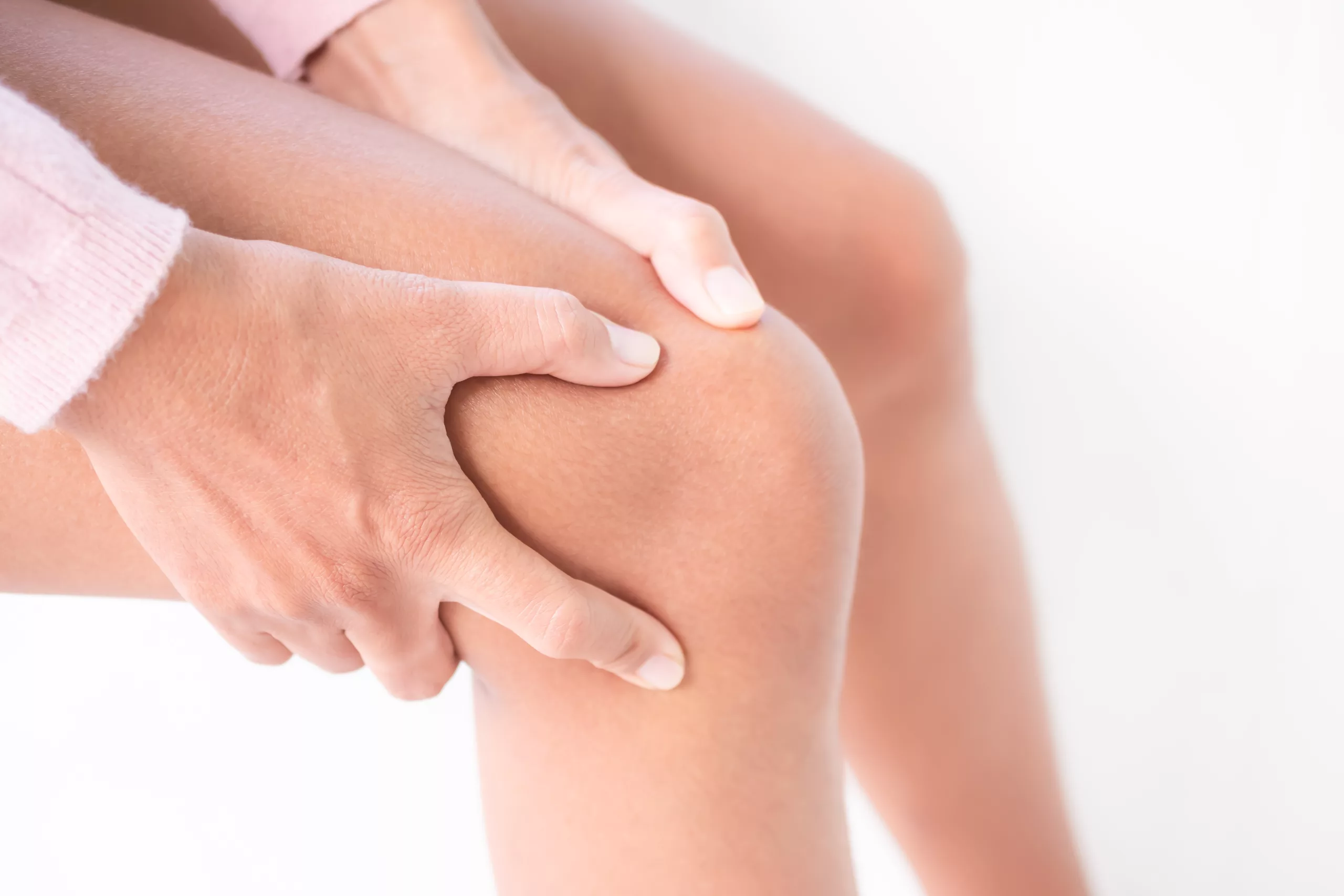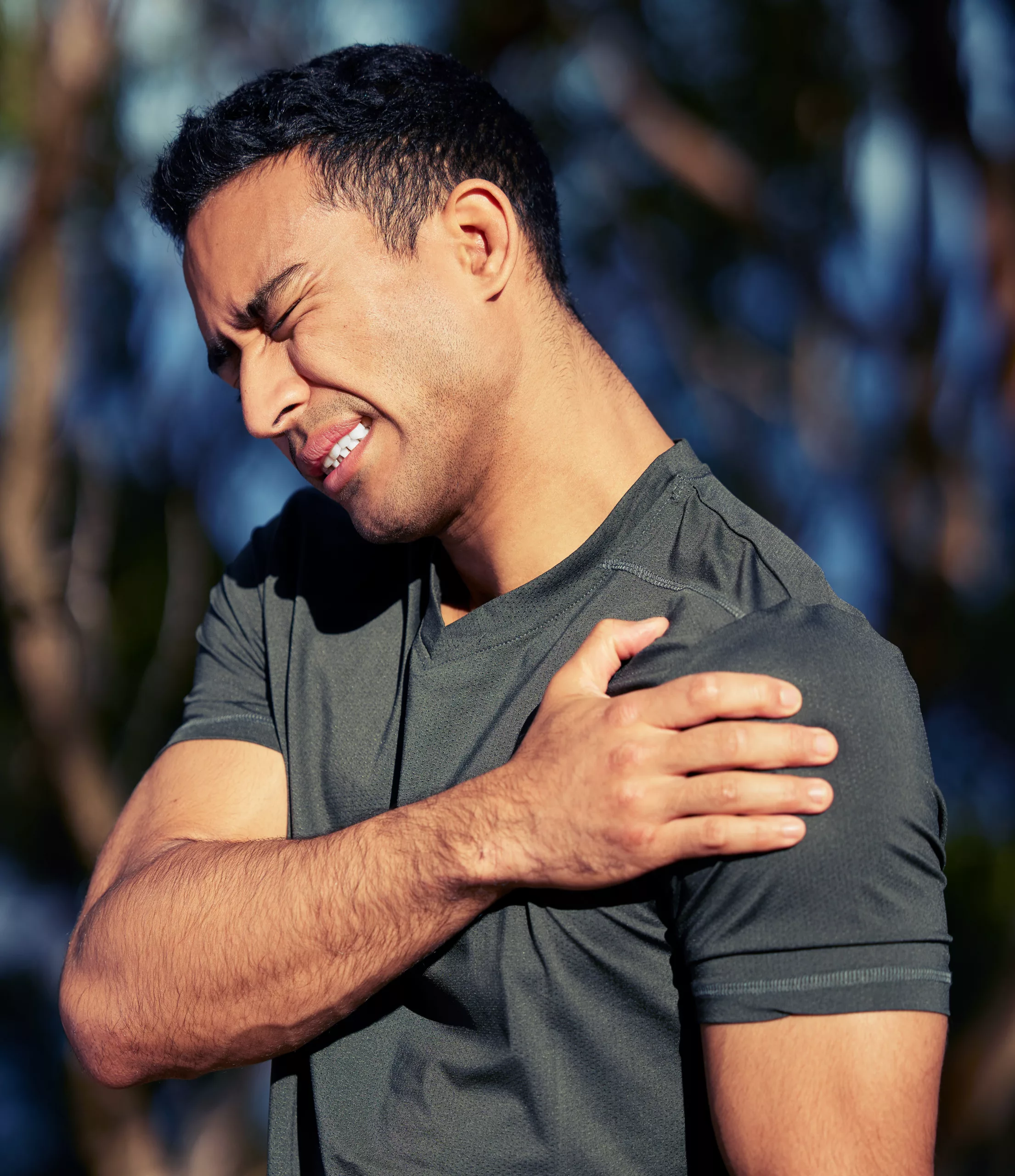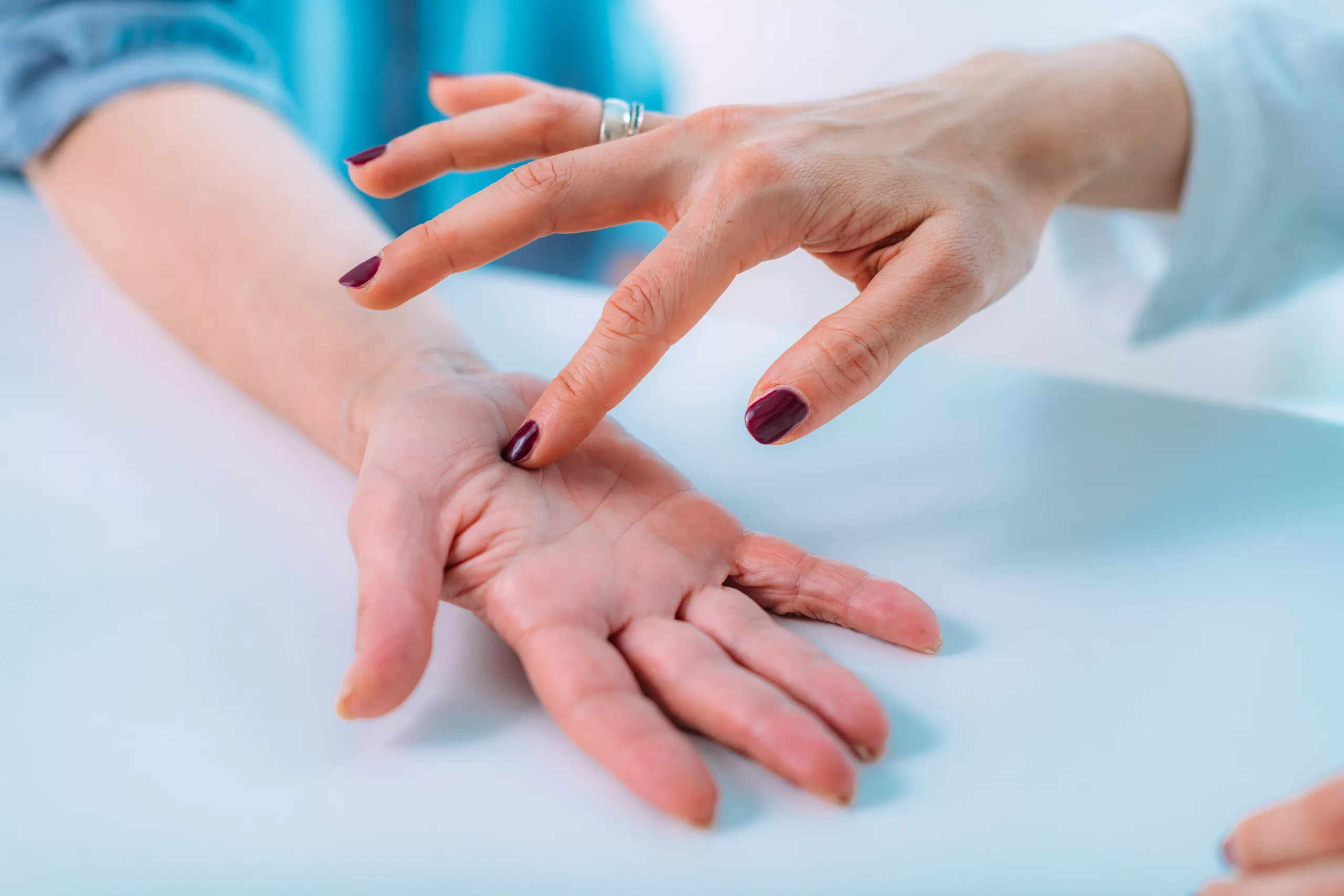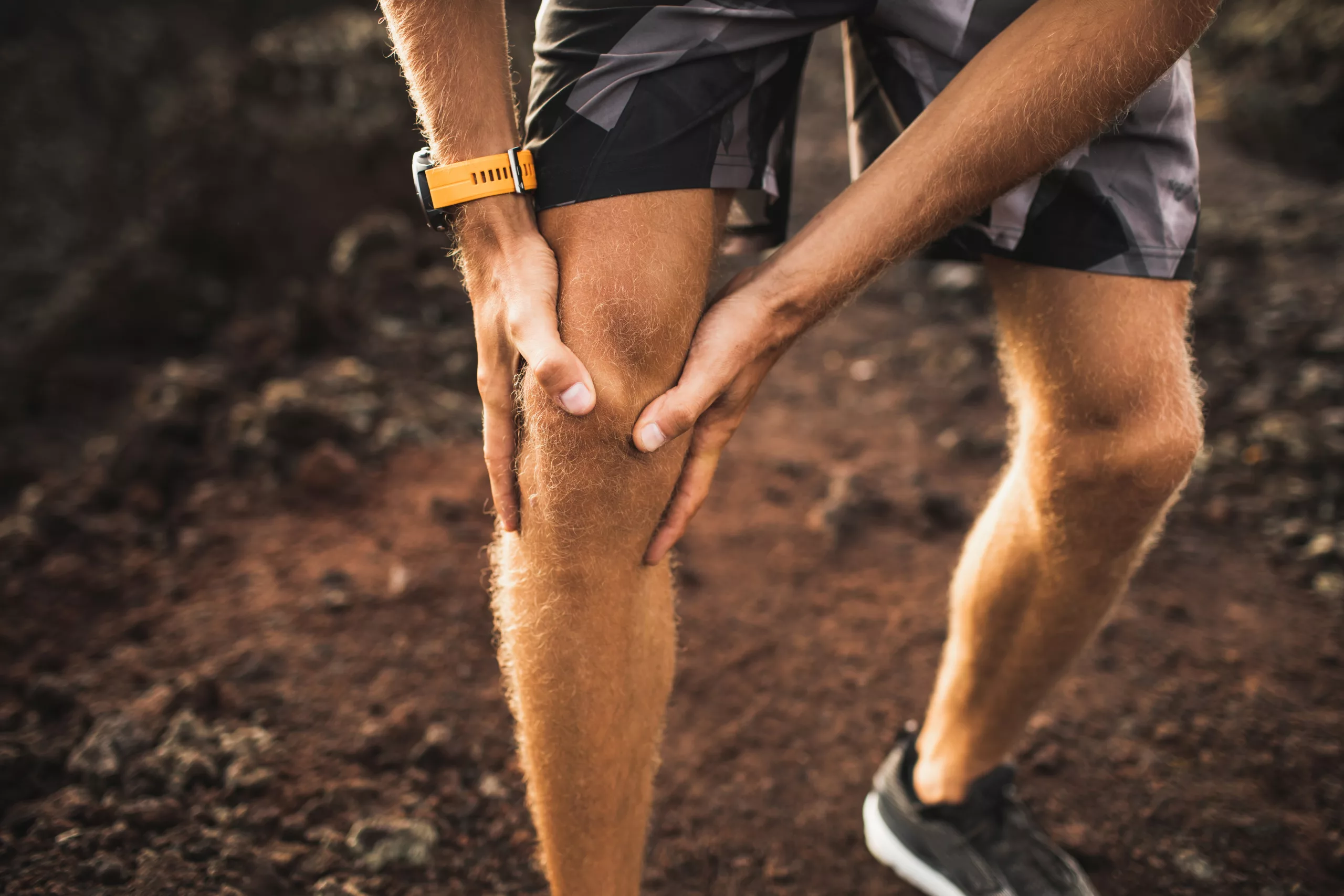The Push Press: A Powerhouse Exercise for Athletic Performance
Muscular power plays a crucial role in strength training, particularly for enhancing sports performance. The push press emerges as a standout exercise in this context. This whole-body movement not only boosts athletic performance and muscular power but also offers an alternative to squats for targeting the knee extensors or quadriceps.[embed]https://www.youtube.com/watch?v=enLCkB2r_bE[/embed]Why Choose the Push Press?Incorporating the push press into your workout routine brings several benefits: Full Body Activation: This exercise mainly targets leg muscles like the quadriceps and gastrocnemius. However, it's not restricted to a single muscle group. It's a holistic movement engaging your entire body. Enhanced Force Transmission: The push
Acromioclavicular Joint Separation: What You Need to Know
A Closer Look at the AC JointAt the top of our shoulder lies the acromioclavicular (AC) joint, a pivotal point that facilitates many of our daily movements. When this joint is injured, it can result in pain, especially when lifting the arm or reaching across the body. In this guide, we'll explore AC joint separation, its causes, symptoms, and the role of physiotherapy in its management.What is Acromioclavicular Joint Separation?The AC joint is where the scapula's acromion process meets the clavicle's lateral end. Think of it as a bridge connecting two crucial bones in your shoulder. An AC separation indicates
Understanding Shoulder Pain: Atraumatic and Traumatic Shoulder Instability
Shoulder pain is a common complaint among people of all ages. It can be caused by various factors, but two often seen causes are atraumatic and traumatic shoulder instability. These conditions can lead to further shoulder injury and pain when moving the arm overhead or behind the back. In this blog post, we'll delve into what these conditions are, their risk factors, symptoms, and how physiotherapy can help manage them.Atraumatic Shoulder Instability: What is it?The shoulder is a complex joint, and its stability is crucial for our daily activities. Atraumatic Multidirectional Instability (MDI) is a condition where the shoulder joint
Understanding Patellofemoral Pain Syndome
Welcome to our guide on Patellofemoral Pain Syndrome (PFPS), commonly known as runner's knee. If you're experiencing knee pain during activities like walking, running, or even using stairs, you're not alone. PFPS, characterized by an ache in the front of your knee, is the leading cause of knee pain in the active population. With a prevalence of 12-15% in the overall population, and women being twice as likely to develop it, PFPS is a condition that affects many. This guide will help you understand the anatomy of your knee, the role of the patellofemoral joint, and how imbalances can lead
A Guide to ACL and PCL Ligament Sprains and Their Management: A Physiotherapy Perspective
At Connect Physiotherapy & Exercise, we often encounter patients dealing with discomfort and pain in the knee because of injury to one or more of the cruciate ligaments. Often this injury is simply referred to as a knee sprain. These injuries, especially those involving the anterior cruciate ligament (ACL), are a source of knee pain that can significantly impact an individual's mobility and quality of life.A ligament sprain occurs when the forces acting on the tissue exceed its viscoelastic capacity. This means the tissue is stretched beyond its ability to return to its original shape. Imagine stretching a rubber band
Managing a Rotator Cuff Tear: A Basic Guide and How Physiotherapy Can Help
Have you ever experienced a nagging pain in your shoulder that just won't go away? It could be a rotator cuff tear, a potential cause of shoulder pain. But don't worry, we're here to help you understand what's going on and how to deal with it.
Understanding Carpal Tunnel Syndrome (CTS): A Simple Guide
Carpal Tunnel Syndrome (CTS) is a common condition that affects many people worldwide, causing hand numbness, pain, and discomfort. This blog post aims to provide a basic overview of CTS, its risk factors, affected tissues, and common symptoms. We'll also discuss the general physiotherapy treatment approach for managing this condition.What is Carpal Tunnel Syndrome (CTS)?Carpal Tunnel Syndrome is a condition where the median nerve, a major nerve in your wrist, gets compressed under a structure called the flexor retinaculum. This compression can cause a tingling sensation or pain in your thumb, index finger, middle finger, and half of your ring
Understanding Ulnar Collateral Ligament (Thumb) Sprain: A Basic Guide
In the world of sports and physical activities, injuries are a common occurrence. One such injury that often goes unnoticed is the Ulnar Collateral Ligament (UCL) sprain, a hand injury that primarily affects the thumb. This blog post aims to shed light on this thumb injury, its causes, symptoms, and the physiotherapy treatment approach.What is Ulnar Collateral Ligament (Thumb) Sprain?A UCL sprain, often referred to as "Skier’s Thumb" or "Gamekeeper’s Thumb", is a partial or complete tear of the ulnar collateral ligament in the thumb. This ligament consists of a proper and an accessory ligament and is the most common
Hand Therapy: Your Key to Regaining Function and Freedom
Our hands are our lifelines. They allow us to interact with the world, express our ideas, and show affection. But what happens when pain or injury makes even the smallest movements uncomfortable or impossible? This is where hand therapy, a specialized branch of physiotherapy, comes into play.What is Hand Therapy?Hand therapy is a specialized form of physiotherapy and occupational therapy that focuses on the assessment and treatment of injuries and conditions of the hand and arm, optimizing its functional use. Given the complexities of the hand, having a therapist with advanced training in the hand/upper extremity to treat your injury
IT Band Friction Syndrome: A Physiotherapy Perspective
Are you an avid runner or cyclist who's been grappling with a nagging pain on the outer part of your knee? If so, you might be dealing with a condition known as Iliotibial Band Friction Syndrome (ITBS). This common knee injury can put a damper on your active lifestyle, but with the right knowledge, you can understand and manage ITBS effectively.What is Iliotibial Band Friction Syndrome (ITBS)?Imagine a band, not the musical kind, but a strip of fibrous tissue running down the side of your leg. This is the iliotibial band (ITB), a key player in providing lateral support to

